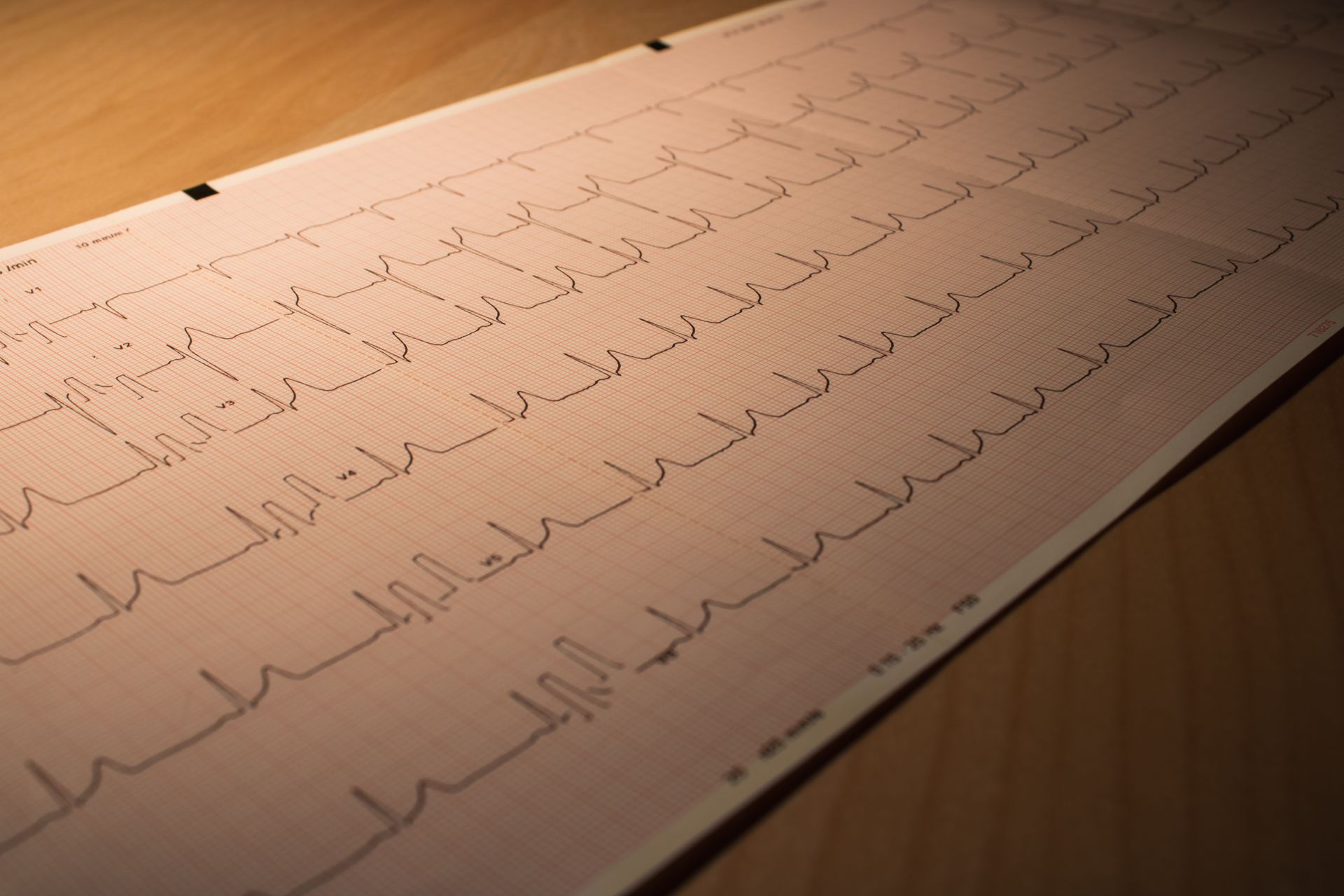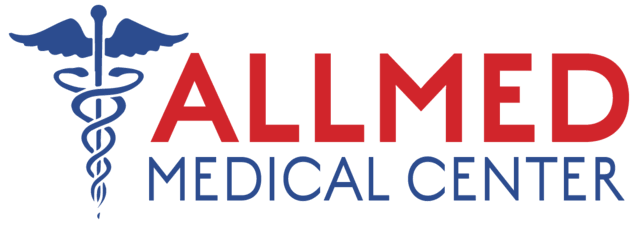Deciphering EKG Results: Understanding Lines and Waves

EKG Reading Guide
Heart problems, such as rheumatic heart disease or coronary heart disease, are medical conditions that require the utmost care and attention. Never ignore “a simple chest pain" because it may indicate a more severe underlying condition like angina or the two mentioned earlier. Luckily, science has provided us with efficient ways to detect cardiovascular diseases.
The world of medicine revolves around fascinating tools and technologies, allowing healthcare professionals to peer into the intricate workings of the human body. One such marvel is the
electrocardiogram (EKG), a non-invasive test that provides a wealth of information about the heart's electrical activity.
We cannot overstate the value of maintaining your cardiovascular health. That's why we're here to accompany you on a journey through the lines and waves of an EKG. Let's uncover its patterns and decode its secrets together!
The EKG Interpretation: A Snapshot of the Heart's Rhythm
Imagine an EKG as a musical score, where each line and wave represents a note, tempo, or rhythm. By learning to read this "musical notation," we'll gain invaluable insights into the heart's health.
- The P-Wave: Initiating the Symphony
The P-wave is the first note in our EKG symphony. It represents the electrical impulse generated by the heart's natural pacemaker, the sinoatrial (SA) node. This tiny wave signifies the initiation of each heartbeat, signaling the atria (upper chambers) to shrink and send blood to the ventricles (lower chambers).
- The QRS Complex: The Crescendo
The QRS complex is the most dramatic part of our EKG composition. It's the crescendo of this musical piece, representing the rapid and powerful contraction of the ventricles. This wave is crucial, ensuring that blood flows efficiently to the rest of the body.
- The ST Segment: Finding Harmony
The ST segment represents harmony. This event is the brief period when the ventricles contract thoroughly and the heart's chambers become in sync. Deviations from the baseline in this segment indicate various cardiac conditions.
- The T-Wave: A Soothing Cadence
The T-wave is the final, calming note in our EKG concert. It illustrates how the ventricles repolarize, preparing for the next heartbeat. A well-formed T-wave indicates a healthy repolarization process, while abnormalities may suggest electrolyte imbalances or other cardiac issues.
- The U-Wave: The Encore
Sometimes, a subtle U-wave makes an appearance after the T-wave. Though not always present, the U-wave offers additional insights into electrolyte balance and the heart's overall condition.
EKG Readings: Interpreting the Arrangement
Now that we've unraveled the individual notes, let's explore how they come together to form a complete EKG composition.
- Normal Sinus Rhythm: A Musical Masterpiece
The EKG showcases a beautiful symphony in a healthy heart – a regular rhythm, clear waves, and harmonious intervals. This interval is known as a normal sinus rhythm, where each instrument plays its part perfectly.
- Arrhythmias: The Dissonant Notes
When the heart's rhythm falters, we encounter arrhythmias – irregularities in the heartbeat. These can range from tachycardias (fast heartbeats) to bradycardias (slow heartbeats), each with its unique EKG signature. Recognizing these patterns is essential for accurate diagnosis and treatment.
- Ischemia and Infarction: Detecting Discord
Aberrations in the ST segment can signal ischemia or infarction, suggesting a lack of blood supply to the heart muscle. This condition is a critical finding that necessitates immediate medical attention.
Conclusion: The Art of EKG Interpretation
Each line and wave tells a story about the heart's performance. Understanding these patterns can unlock vital information about a patient's cardiovascular health.
Remember, interpreting an EKG is an art as much as a science. With practice and a keen ear for the heart's rhythm, healthcare professionals expertly unravel the mysteries hidden within the lines and waves, helping patients maintain good heart health for years to come. Still, you’ll always be the first person to know whether or not your heart is perfectly performing the cardiovascular concert. So, as the saying goes, listen to your heart!
FAQs
What is an EKG (electrocardiogram)?
An EKG is a medical test that records the heart's electrical activity over time. It produces a graph known as an electrocardiogram, which shows how the heart functions.
What are the critical components of an EKG?
The main components to look for when analyzing an EKG chart include:
- P-Wave: Represents atrial depolarization (contraction).
- QRS Complex: Represents ventricular depolarization (contraction).
- T-Wave: Represents ventricular repolarization (relaxation).
- PR Interval: Time taken for the electrical signal to travel from the atria to the ventricles.
- QT Interval: This represents the time for ventricular depolarization and repolarization.
- ST Segment: Represents the interval between ventricular depolarization and repolarization.
What does a normal EKG look like?
A standard EKG typically has regular, evenly spaced P-waves, QRS complexes, and T-waves. The PR and QT intervals fall within normal ranges, and the ST segment is usually flat and at baseline.
What are common abnormalities in an EKG?
Common abnormalities include:
- Atrial Fibrillation (AFib): Irregular and rapid heartbeat.
- Bradycardia: Slow heart rate.
- Tachycardia: Fast heart rate.
- ST Segment Elevation: Indicates a heart attack.
- ST Segment Depression: This may indicate myocardial ischemia.
- Bundle Branch Block: Disruption in electrical signals.
How is heart rate calculated from an EKG?
Heart rate is calculated by measuring the distance between R waves (R-R interval) and then converting it into beats per minute (bpm). This method is beneficial in determining if the heart rate is within the normal range.
What does an elevated ST segment indicate?
An elevated ST segment can indicate myocardial infarction (heart attack) or ischemia (insufficient blood supply to the heart muscle).
What is the significance of the PR interval?
The PR interval represents the time the electrical signal progresses from the atria to the ventricles. An abnormally long PR interval can indicate a heart block, while a short PR interval may indicate an accessory pathway in the heart's electrical system.
What does a prolonged QT interval suggest?
A prolonged QT interval may indicate an increased risk of a dangerous heart rhythm known as Torsades de Pointes, which can lead to fainting or sudden cardiac arrest.
How can I differentiate between benign and concerning EKG changes?
A healthcare professional should do an interpretation of EKG changes. Benign changes are typically variations within normal limits, while concerning changes may indicate heart conditions that require medical attention.
Can an EKG diagnose all heart conditions?
While an EKG provides valuable information about the heart's electrical activity, it may not detect all heart conditions. Doctors need to perform additional tests like echocardiography, stress tests, and blood work, which are suitable for a comprehensive evaluation.
Always consult a
healthcare professional to correctly interpret EKG results and any concerns about your heart health.
Your Heart Is the Rhythm of Your Life: Keep It On Time!
If you're searching online for "how to read an EKG" or "EKG results explained," AllMed Medical Center is the place to be.
Our internal medicine doctors have multiple specializations, providing you with the proper treatment options for your heart health, including accurate reading of EKG results. We also have referral programs for cardiologists to ensure your cardiovascular health is in tip-top condition.
Call us at 1-833-255-6332 or request an appointment
here.
AllMed Medical CentersServing
Greater Sacramento
Allmed Medical Center | All Rights Reserved.









